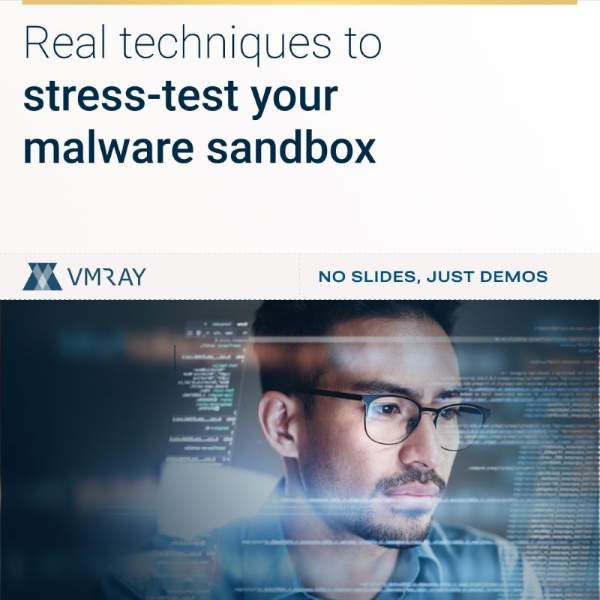Chapter 2: Addressing SOC Team Challenges with Security Automation
In the ever-evolving realm of cybersecurity, SOC teams (Security Operations Center) find themselves at the forefront of an ongoing battle. Within this dynamic landscape, they face a multitude of challenges, each demanding swift solutions. These challenges encompass the need for
- enhanced threat visibility,
- the art of deriving insights from incident analyses,
- and most importantly, automating repetitive tasks to free up valuable time to focus on combating complex and high-priority threats.
Enhancing the Lens of Visibility to the Threat:
SOC teams play a crucial role in safeguarding organizations against cyber threats. However, the sheer volume and sophistication of modern cyberattacks have made it increasingly difficult for SOC analysts to maintain full visibility into their environment. Amidst the complexity, SOC teams strive to unveil the unseen, to capture every digital ripple that hints at danger as the lack of visibility can leave organizations vulnerable to hidden threats that bypass traditional security measures.
As Jim, a seasoned Threat Hunter from a prominent automotive manufacturer, pointed out, “Your SOC needs to have good eyeballs and they have to be able to see into your environment.”
Harvesting Insights from Incident Analyses:
Incident analyses offer a window into the tactics of threat actors, a window that SOC teams peer through to derive insights. With each analysis, SOC teams gain a sharper understanding of the enemy’s playbook, enabling them to fortify their defenses and improve their security program’s detection capabilities.
As Jim highlights, “Your goal as an incident response team should be to create actionable intel from your program and the things that you’re seeing and put that back in there, so you’re ready next time.”
Creating room for focus through automating repetitive security tasks:
The noise of everyday tasks can cover up the important sound of detecting threats. In this symphony of security, automation plays the role of a conductor, liberating SOC analysts from repetitive tasks. This orchestration allows them to concentrate on the intricate melodies of advanced threats.
By adopting task-based automation, SOC analysts can streamline their workflow, enabling them to prioritize and focus on critical threats effectively. As Jim put it, “Most of the tasks our security tools, SEGs, next-generation firewalls or AVs perform are expected, fulfilling their purpose. They can take care of a good portion of detection up-to, say, 90%. My primary concern and focus lie in identifying and addressing the aspects that escape their detection. So, how can I automate the routine tasks, allowing me to uncover the remaining 10% that truly requires attention?”
Apart from these main challenges, a new chapter unfolds in this evolving saga: social engineering attacks that leverage human vulnerabilities, directly targeting SOC analysts to gain unauthorized access to sensitive information. SOC teams are now engaged in a multidimensional battle, defending against adversaries who exploit the human factor. The challenge lies in fortifying this front and adopting proactive security measures.
Organizations need to fortify their defenses with a proactive security approach. A multi-layered security strategy that includes solutions for advanced threats, evasive malware, and targeted phishing campaigns is critical to ensuring comprehensive protection against sophisticated cyber threats.
As Heath Mullins, a distinguished analyst from Forrester Research, highlights, organizations must embrace a strategic approach that improves their security operations holistically. This approach involves implementing leading-edge technologies, establishing a robust strategy for public cloud adoption, and considering Zero Trust as a guiding principle. Zero Trust is not merely an end state; it’s a continuous journey of strengthening security at every level, from people to infrastructure.
Stay tuned as we dive further into the world of SOC operations, revealing how strategic automation and collaboration empower these defenders to stay ahead of the curve. By embracing automation the right way, SOC teams can enhance their capabilities, improve their security posture, and ultimately drive their organization’s SOC maturity to new heights. Stay tuned for more insights and practical solutions that will revolutionize your SOC operations.


